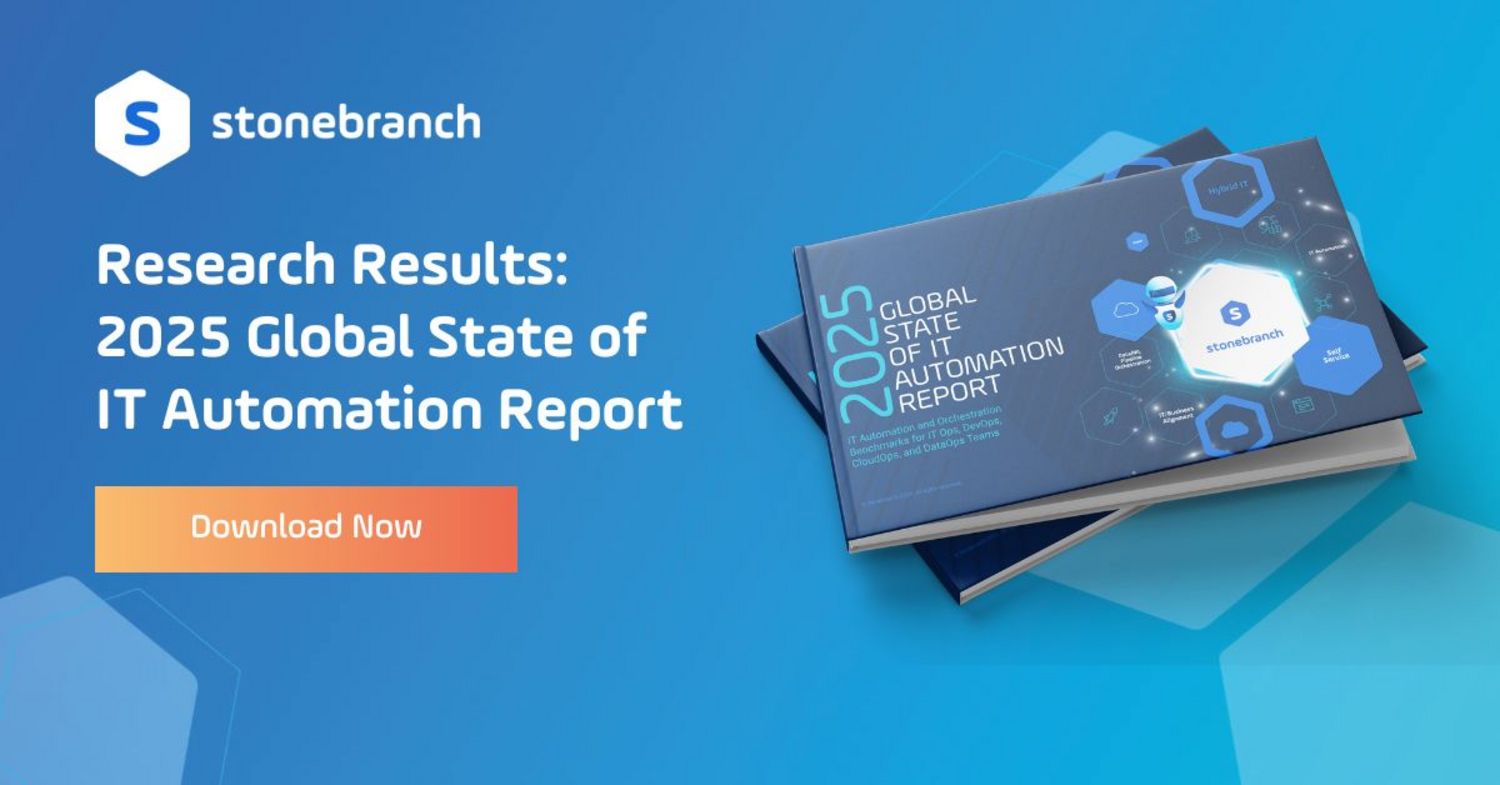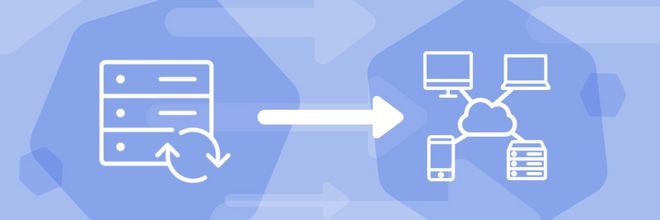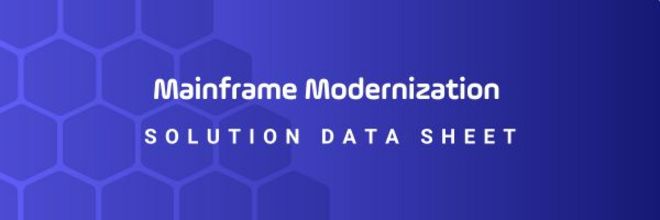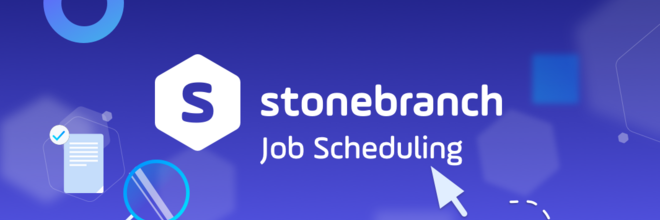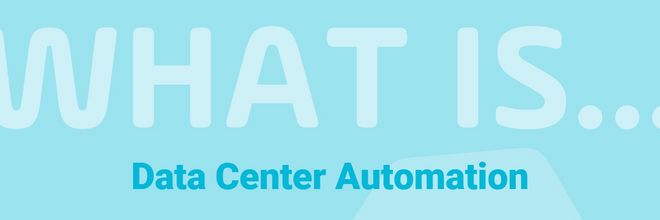5 Ways Mainframe Automation Can Transform Your Business Today
Mainframes are the workhorses of the business world, processing critical transactions and data for many of the world's largest organizations. However, they can also be complex and time-consuming to manage. That's where mainframe automation comes in.
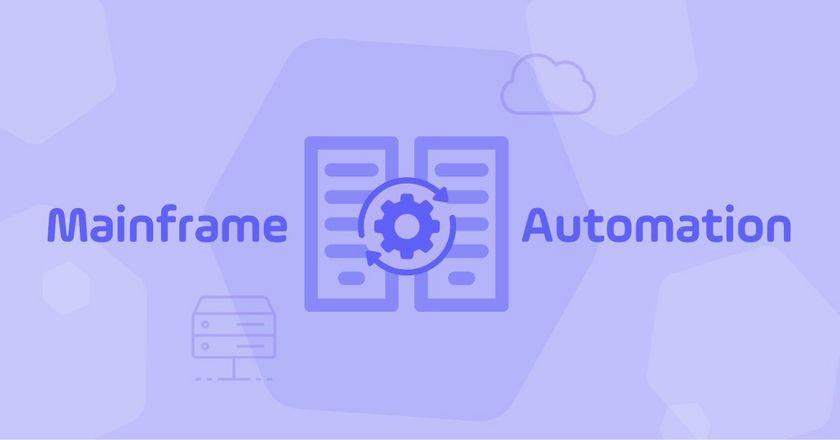
For many, the term "mainframe" conjures images of bulky, outdated machines chugging away in dimly lit basements. However, the reality is far different. Modern mainframes are robust, reliable workhorses that power the critical operations of countless finance, healthcare, and retail enterprises worldwide.
From processing financial transactions to managing airline reservations, mainframes hum away, handling massive data volumes with unparalleled reliability. But even the most impressive machine can benefit from a good tune-up. That's where mainframe automation comes in, ready to unlock a new level of efficiency, agility, and cost savings for your business.
What is Mainframe Automation?
Mainframe automation is the use of software tools to automate tasks that are typically performed manually by IT staff. By automating these tasks, businesses can reap several benefits, including:
- Reduced costs: automation can help to reduce the need for manual labor, which can save businesses money on IT staff and overtime costs.
- Improved efficiency: automated tasks can be performed much faster and more accurately than manual tasks, which can improve overall business efficiency.
- Reduced errors: automation can help to eliminate human error, which can improve data accuracy and system reliability.
- Increased agility: businesses that automate their mainframes can respond more quickly to changes in the market and customer needs.
There are many ways to automate your mainframe. Here are the top five use-cases we see every day:
- Job scheduling and monitoring
- Data movement and transformation
- System administration
- Security and compliance
- Software deployment
Let's review each of these capabilities in turn.
Top 5 Mainframe Automation Capabilities
Job Scheduling and Monitoring
One of the key features of mainframe automation is its ability to automate the scheduling and monitoring of various jobs and processes within the mainframe environment. This can include traditional daily plan batch jobs or modern event-based task triggers. Today's service orchestration and automation platforms (SOAPs) enable both kinds of automation to enable always-on availability for around-the-clock IT operations.
Boost efficiency and productivity: Repetitive manual tasks like batch processing and report generation can be automated, freeing up your IT staff for more strategic initiatives. Imagine the time saved by automatically reconciling accounts, generating financial statements, or updating customer records — all while ensuring accuracy and consistency.
Data Movement and Transformation
Mainframes often need to exchange data with other systems, such as distributed databases and cloud applications. SOAPs typically include managed file transfer capabilities enabling data movement between environments.
Additionally, enterprises build data pipelines that include data from the mainframe. A data pipeline orchestration tool will centralize the automation of the mainframe and other data-centric tools. The goal is to orchestrate the extraction, transformation, load, analysis, and delivery of insights across the business.
Gain valuable insights and make better decisions: Hidden within your mainframe data lies a treasure trove of insights waiting to be discovered. By orchestrating your data pipelines, you gain real-time visibility into your operations and trends, and the ability to make data-driven decisions that can improve performance and customer satisfaction.
System Administration
Many system administration tasks are repetitive and time-consuming. Automation solutions for mainframes — such as system startup and shutdown, performance monitoring, and error handling — can improve system uptime and reduce the risk of outages. Save time and money by centrally managing and streamlining system administration tasks.
Reduce costs and optimize resources: Continuously monitoring systems and applications for performance issues and potential errors enables proactive troubleshooting and prevents downtime. Additionally, by optimizing resource utilization, you can squeeze more value out of your existing mainframe infrastructure.
Security and Compliance
Mainframe automation solutions enable businesses to enhance the security and compliance of their mainframe environments. By automating security processes and compliance checks, businesses can ensure that their mainframe systems adhere to the highest standards of security and regulatory requirements.
Improve data accuracy and security: Automating security tasks like user access control, password management, and audit logging can help organizations meet compliance requirements and improve overall security posture. Additionally, automation can help enforce security protocols and access controls, safeguarding your sensitive data from unauthorized access.
Software Deployment
Mainframe automation capabilities extend to software deployment, enabling DevOps teams to automate the deployment of applications and updates. Automating the rollout of new software and security patches to the mainframe environment ensures that applications are delivered efficiently and with minimal disruption to operations.
Reduce risk and rollout faster: Automated deployment pipelines ensure consistent, repeatable processes in DevOps. It minimizes the chances of human error and expedites the delivery of new features and updates.
Automation Beyond the Mainframe
Of course, most enterprises don't exclusively use the mainframe. According to the Global State of IT Automation report, 99% of respondents have at least one cloud initiative planned for the year. Unfortunately, nearly 40% also said their automation tools can't connect to some cloud-based technologies.
The key takeaway? When exploring mainframe automation solutions, look for one that can extend to cloud servers, distributed servers, and SaaS applications alike. It's not just a best practice — it's a strategic necessity for forward-thinking IT operations.
Event-Based vs Batch Automation
Traditionally, mainframe job schedulers have relied on batch or time-based automation, executing tasks at predefined intervals. However, the evolution of IT demands a shift toward a more dynamic and responsive approach.
Event-based automation, in particular, is a game-changer. It allows for real-time operation by triggering automated processes in response to specific system events. Integrating event-based triggers into your mainframe environment is more than just an upgrade; it's a fundamental shift that enables a more agile and responsive IT infrastructure. Thankfully, modern service orchestration and automation platforms (SOAPs) are designed to support both batch and event-based automation.
Optimize Your Mainframe Automation
By unlocking the power of automation, you can transform your legacy mainframe into a lean, agile, and data-driven powerhouse — ready to thrive in the digital age.
To achieve this, many companies turn to leading SOAPs such as Stonebranch Universal Automation Center (UAC) to unlock the full potential of their mainframe systems and streamline their core business processes. UAC allows you to centrally manage and orchestrate all your workloads from a single, future-proof platform:
- Centralized control
- Hybrid IT orchestration
- Drag-and-drop graphical workflow designer
- Event-based automation
- Powerful rerun/restart capabilities
- Observability and business intelligence
- Robust data transfer and file monitoring
Whether you are modernizing mainframe systems or improving automation in your existing mainframe, UAC offers a broad range of capabilities to drive digital transformation and empower businesses to thrive in today's digital landscape. Next step, learn about to automate IBM z/OS with Stonebranch.
Start Your Automation Initiative Now
Schedule a Live Demo with a Stonebranch Solution Expert

